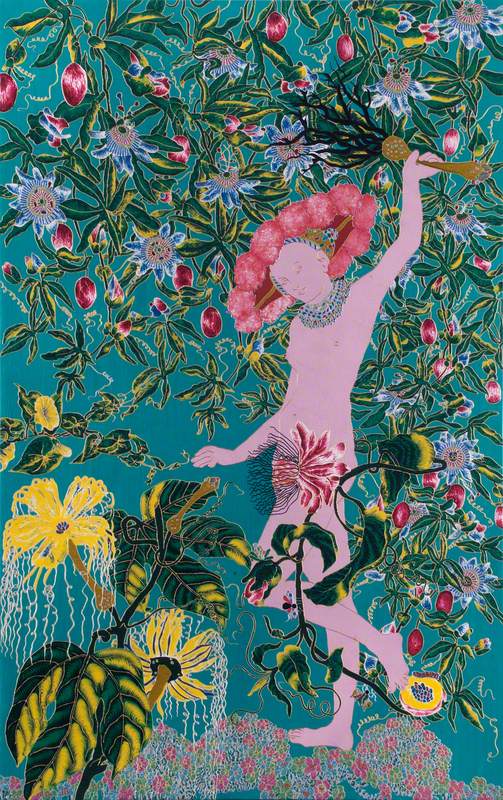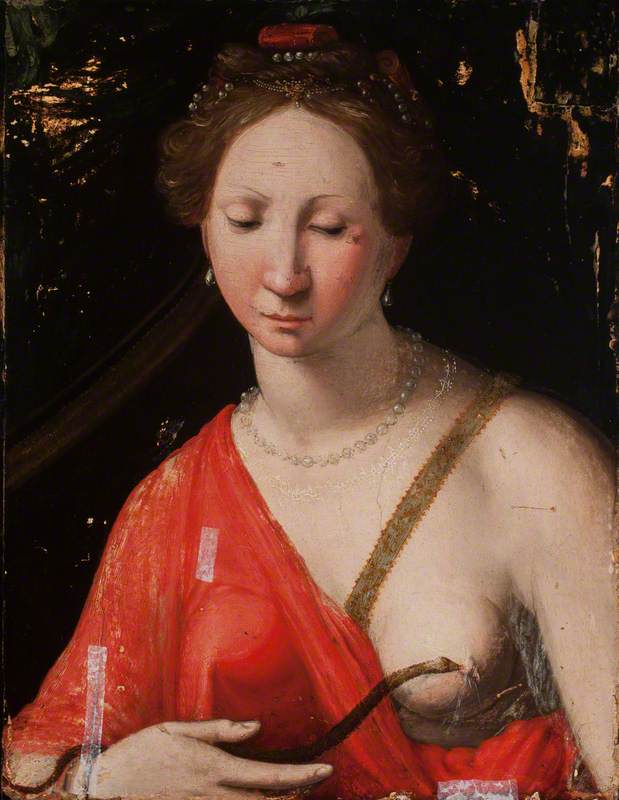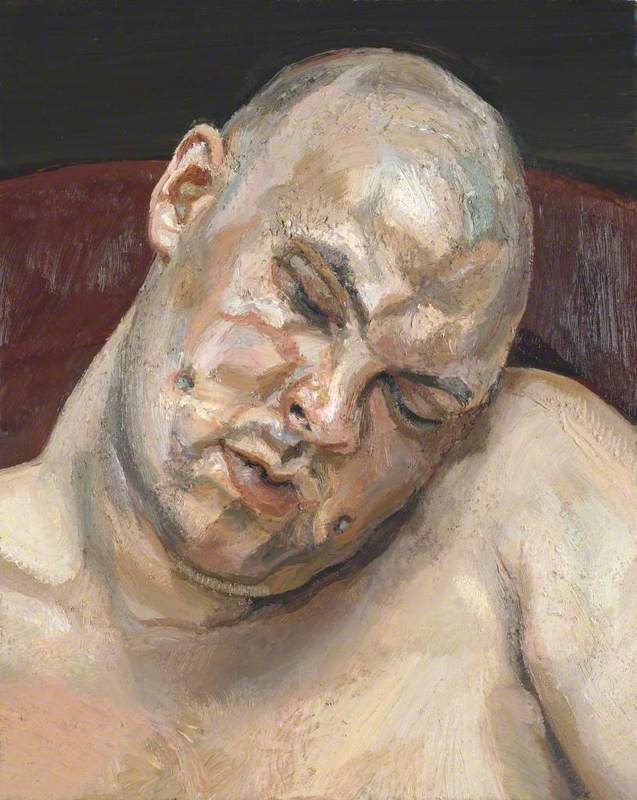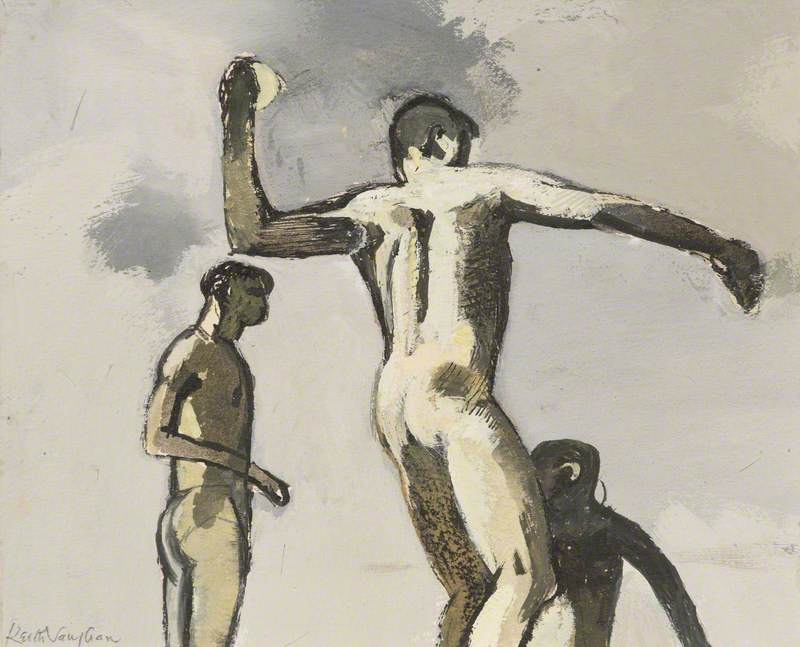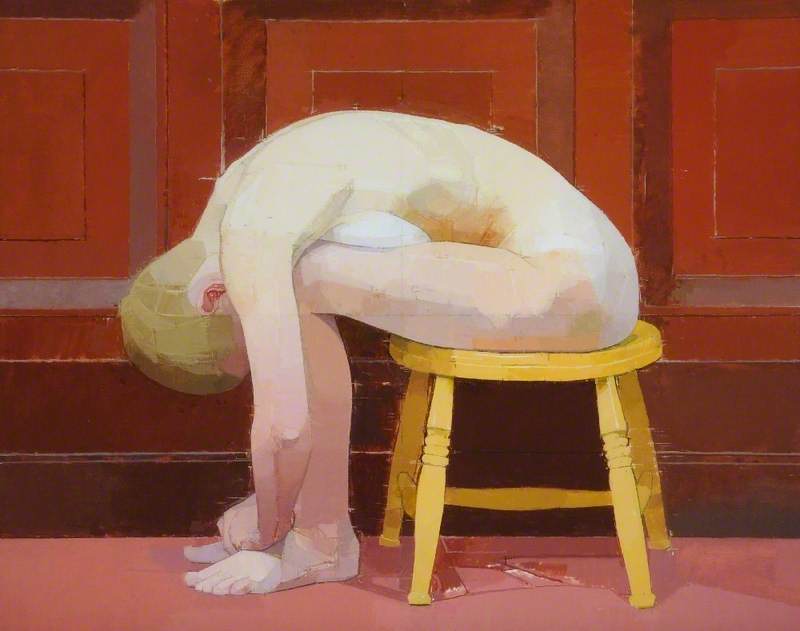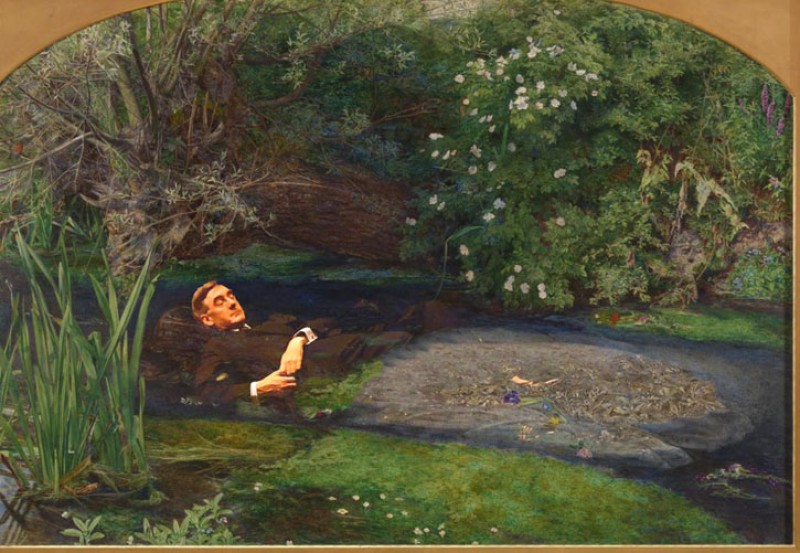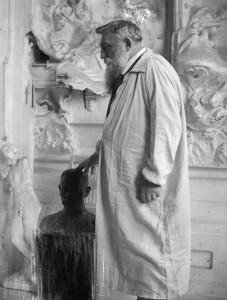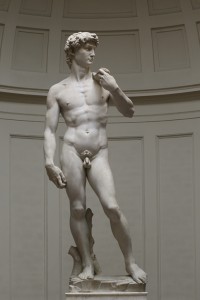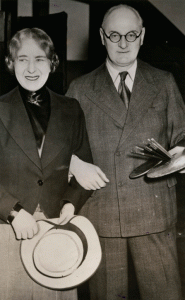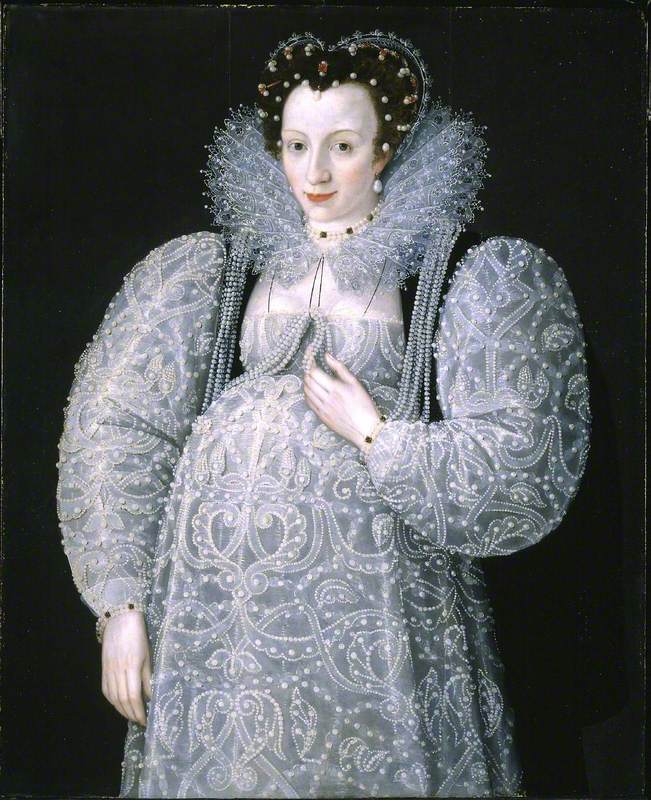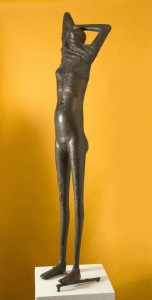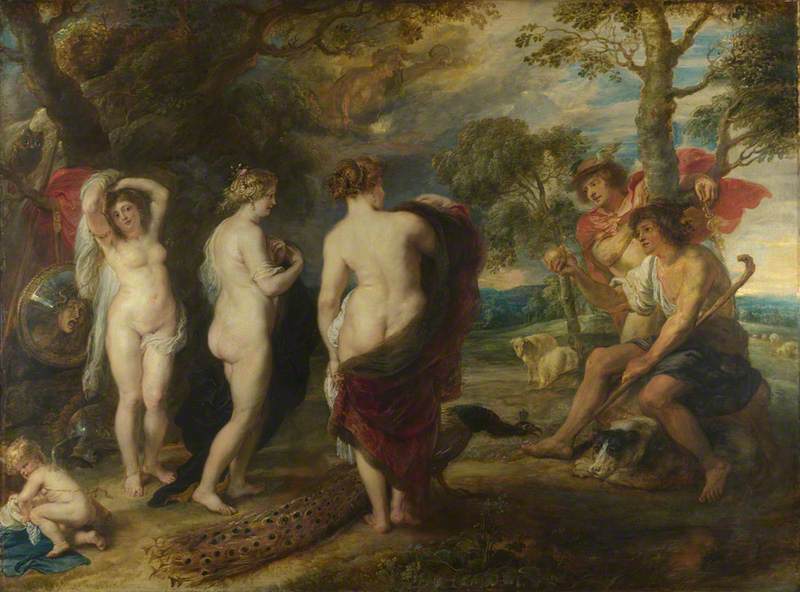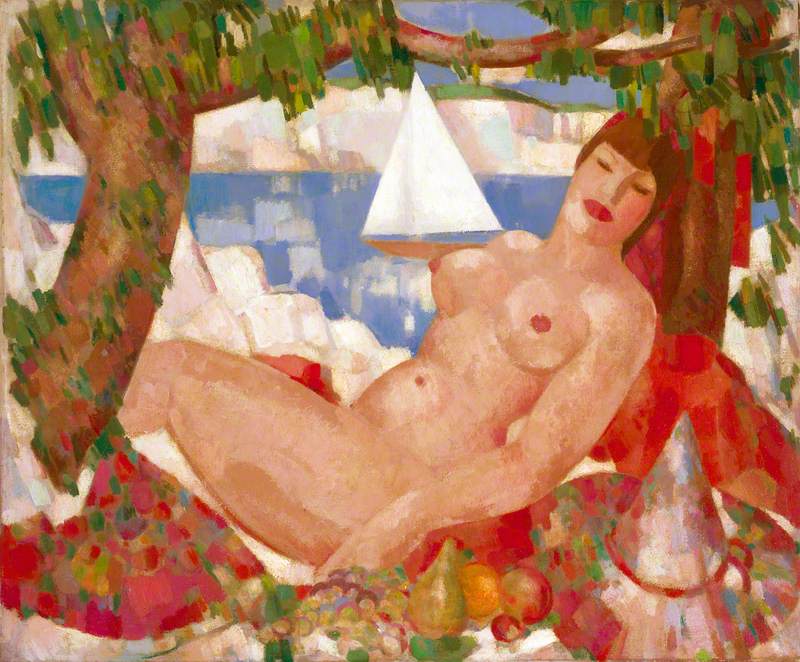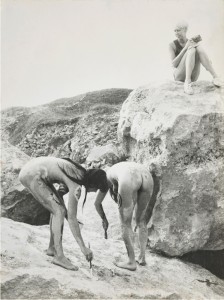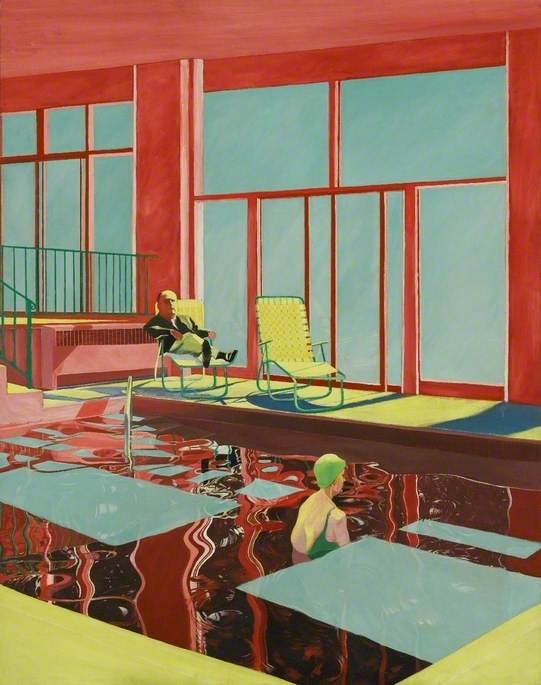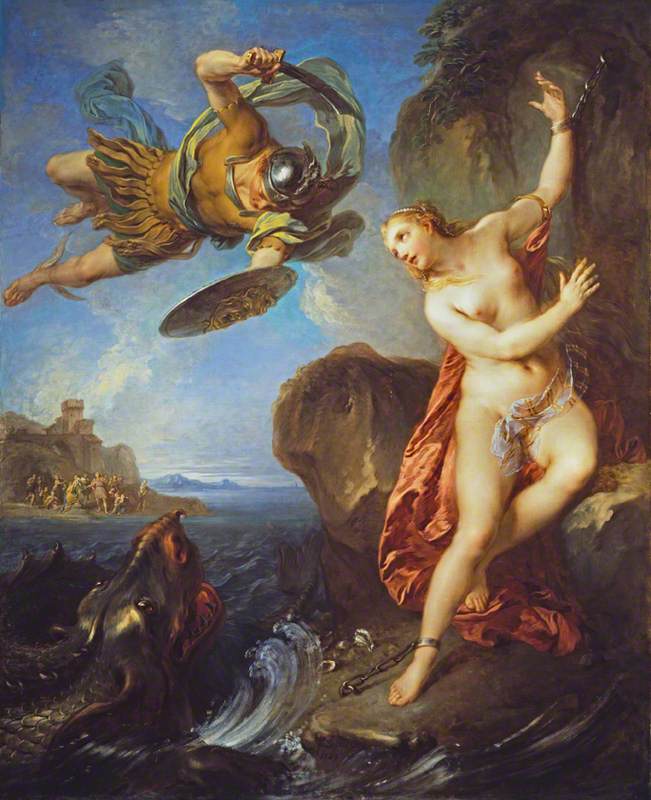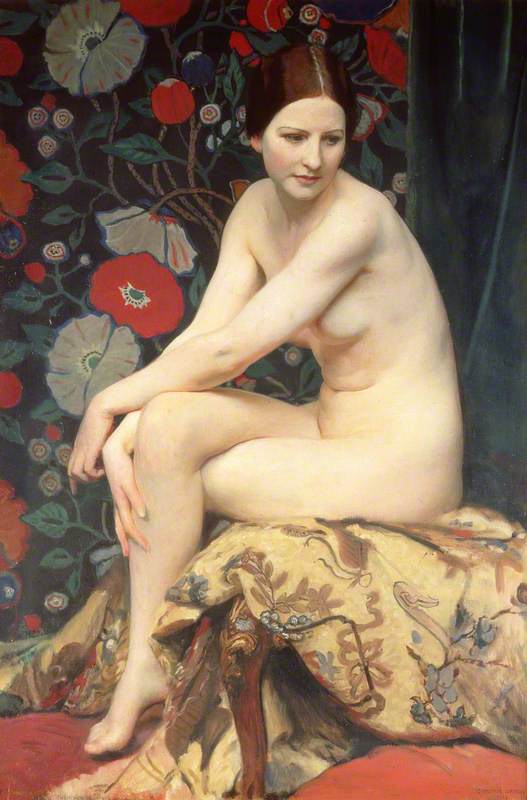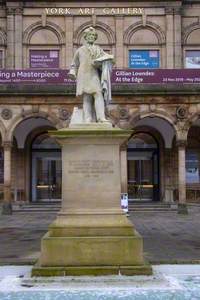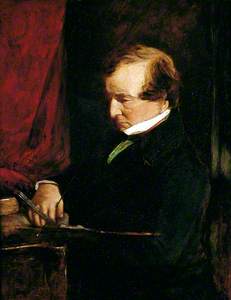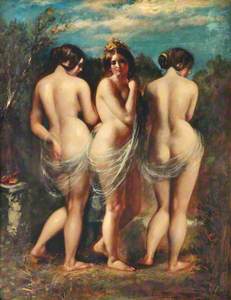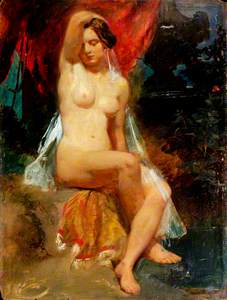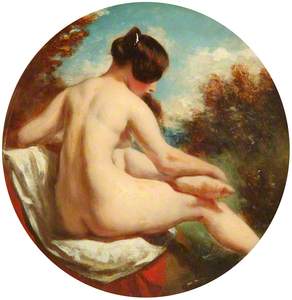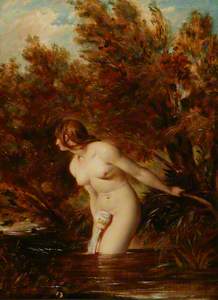Placed in Exhibition Square, right outside of York Art Gallery, stands a life-sized stone statue of an artist holding a palette and brush.
The plaque on the pedestal reads 'William Etty RA / Born in York 1787 / Elected Royal Academician 1828 / Died 1849'. Inside the Gallery is one of the largest holdings of works by Etty, with over 90 artworks by the artist in the collection.
York has long celebrated its most famous artistic son, a prolific and often controversial figure who dominated the early Victorian art world with his often large paintings of historic and mythical scenes and, most infamously, his paintings of the nude figure.
Born into humble circumstances, one of eleven children and the son of a miller and baker, Etty is one of the most well-represented artists in the nation's art galleries and museums with 325 works in 54 venues in the UK. The 'map view' of a search for his paintings on Art UK demonstrates that most major regional galleries have a least one Etty, if not more.
Manchester Art Gallery has 13 works, including the monumental The Sirens and Ulysses. There are six works in the Royal Scottish Academy of Art & Architecture in Edinburgh and four works at Bristol Museum & Art Gallery.
Many of these works were purchased during Etty's lifetime and others were gifted, often by wealthy local industrialists and collectors.
However, despite this prominence, Etty's career and reputation have never been of straightforward celebration. In his lifetime, his concentration on painting the nude gave rise to much-heated debate about the moral value of his painting. After his death, many collections have struggled to make Etty's work seem relevant in the twenty-first century and many of his works are in storage rather than on the gallery walls.
To give a sense of the prominence of the nude within Etty's output, all but one of the 15 paintings exhibited at the Royal Academy between 1820 and 1829 included nude figures. This preponderance did not go unnoticed in the contemporary press and Etty's 'fleshiness' was much commented on. It was his depictions of the female nude, especially when displayed in prominent venues such as London's Royal Academy of Arts, that caused the most excitement and consternation.
The Morning Chronicle's reviewer wrote of Etty's large and ambitious multi-figure composition Youth on the Prow, and Pleasure at the Helm (exhibited at the Royal Academy in 1832) that it was an 'indulgence of what we once hoped a classical, but which are now convinced, is a lascivious mind.'
What was it that caused such responses to Etty's nudes? It would seem that, for many of his contemporaries, Etty's work transgressed the boundaries between the ideal realm of art and the real world of fleshy bodies. In other words, his nudes were too real, too naked, the skin on their bodies too lifelike. There were perhaps too many signs that these bodies had been first drawn, and then painted, from real, live, naked models in the studio. These works, which were described in the contemporary press as 'voluptuous' and even as 'sensual gratifications', prompted emotions and feelings in the viewer that were deemed by many as improper.
In a work such as The World Before the Flood (exhibited at the Royal Academy in 1828), these semi-clad figures cavorted with such vivacity that they threatened to dance out of the picture frame. Etty was forming his career in a period of great debate about the development of a 'British School' of painting, and there was much discussion in the Royal Academy and other artistic institutions about the ideals and morals of what was called 'high art'. Art, it was claimed, was meant to civilise, to elicit pure and moral thoughts, not provoke and titillate.
This condemnation and discussion about the morality of his paintings greatly troubled Etty. He was an assiduous student and had toiled laboriously to be part of the London art establishment. His reputation as an artist was hard won. After an apprenticeship to a printer in Hull, Etty moved to London, aged 18, to pursue a career as an artist. In 1808, he entered the Royal Academy as a student and was also private pupil to the celebrated painter and Royal Academician, Sir Thomas Lawrence.
Two years later, he first entered his work to the Academy's annual exhibition, but all six entries were rejected. In 1811, the Academy selected Telemachus Rescues Princess Antiope from the Fury of the Wild Boar (which has not survived). From then on, Etty would dutifully send works to the Academy every year, and also exhibit at other venues such as the British Institution. He was nothing but dedicated to the academic system of artistic training, with its emphasis on drawing and studying first from antique sculpture and then hours spent drawing from the model in the life class. This dedication was finally rewarded in 1821 when he received widespread recognition for Cleopatra's Arrival in Cilicia. Etty wrote that he 'awoke famous' the morning after its exhibition.
It was praised for its sparkling palette and luxurious use of colour, which many commentators attributed to Etty's study of Old Master paintings, especially Titian and Rubens. Yet again, this praise was accompanied by anxiety about the response provoked by Etty's 'beauties'. As his biographer C. R. Leslie observed, from this moment Etty's work began to make a 'greater noise' within the press. This success set Etty on a course which he would follow throughout the rest of his career, often selecting subjects drawn from classical mythology and history, the Bible, or literature.
His aims were lofty – Etty wanted to change the course of British painting by painting subjects of heroic, intellectual and moral subject matter in a dazzling and vivacious manner. This was a modern kind of 'history' painting which, on the one hand, claimed to be aiming at the noblest moral of 'high art' while, on the other, causing much debate about decorum and good taste.
The sensationalism that surrounded, and indeed still surrounds, Etty's works tells us as much about the development of art criticism as it does about the works themselves. Etty's works certainly provided the growing numbers of art writers in the nineteenth century with much material to feast on.
Sarah Turner, Deputy Director for Research at the Paul Mellon Centre for Studies in British Art

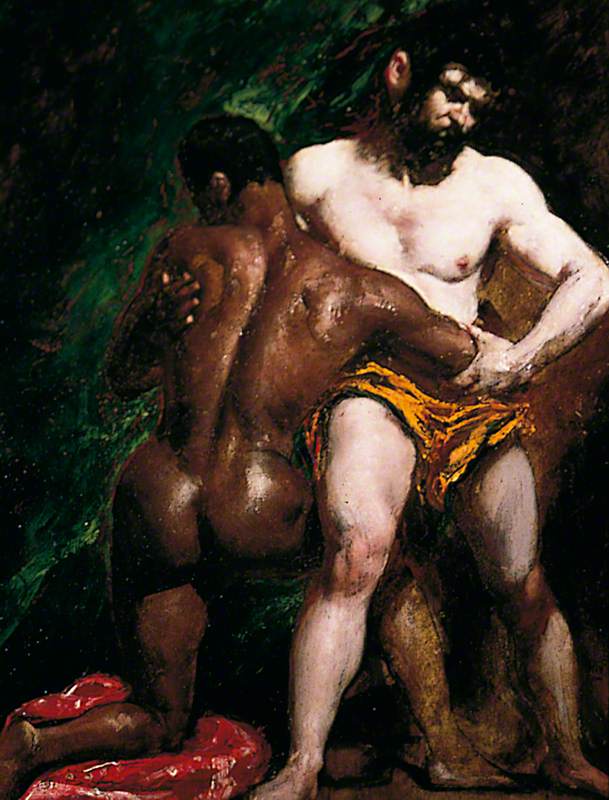
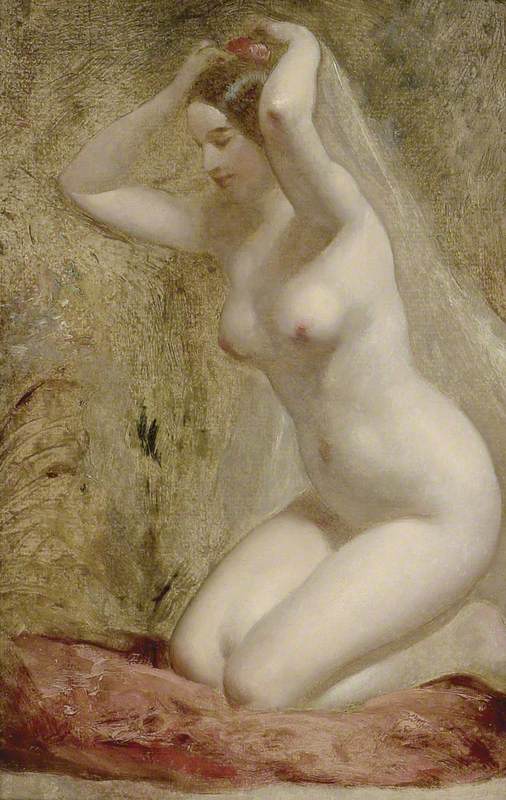
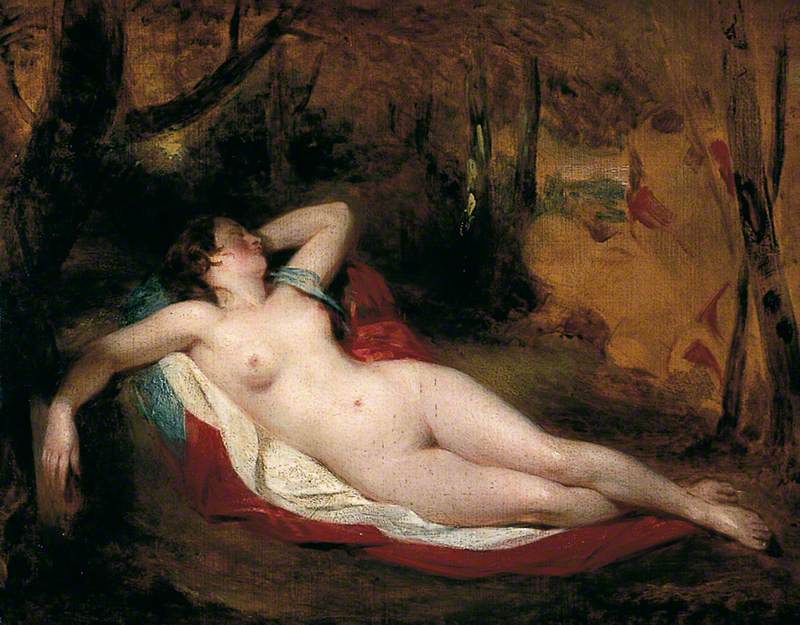


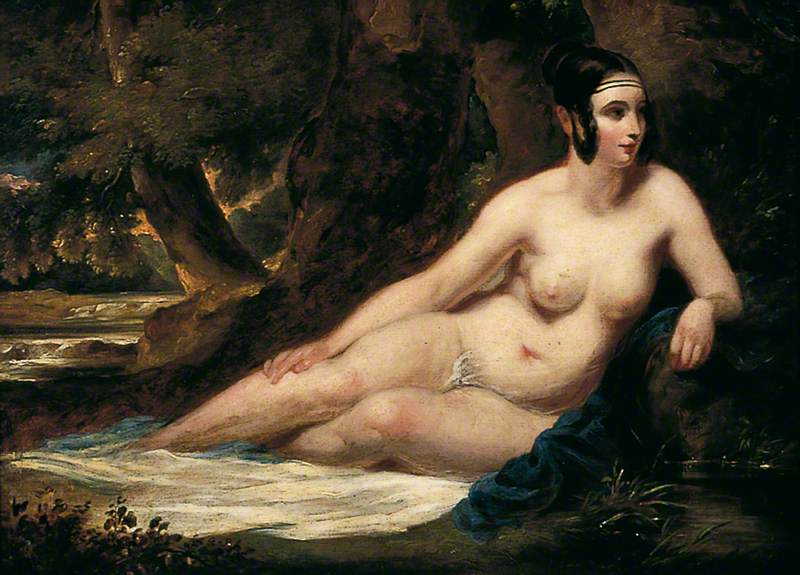
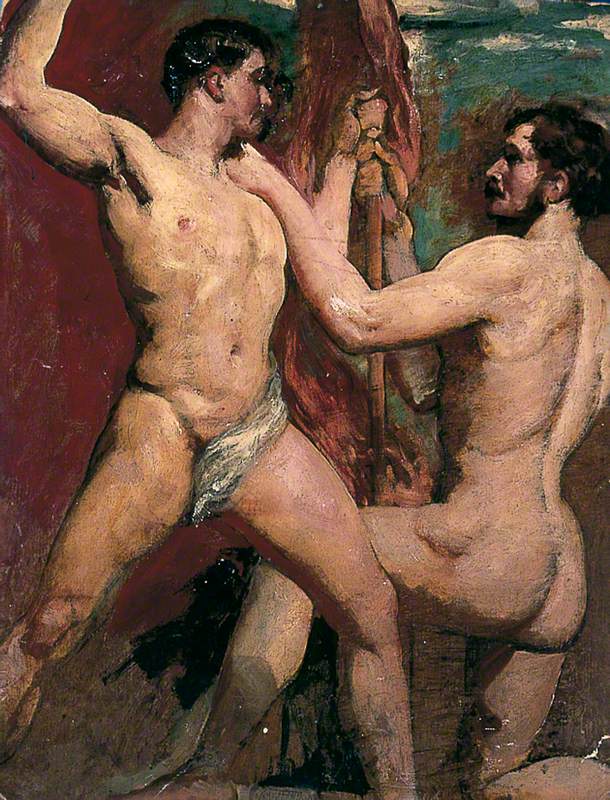
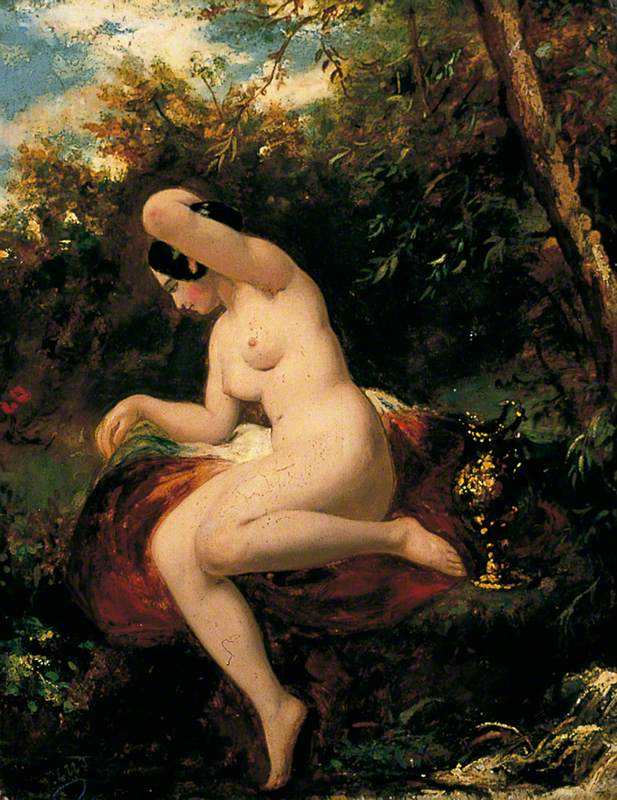
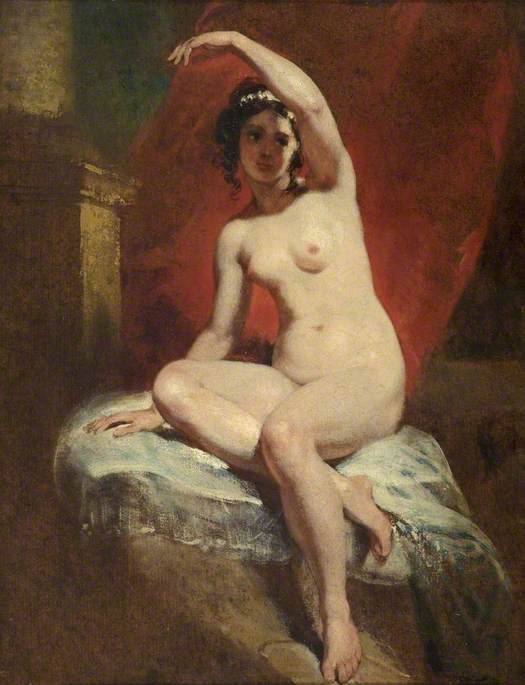
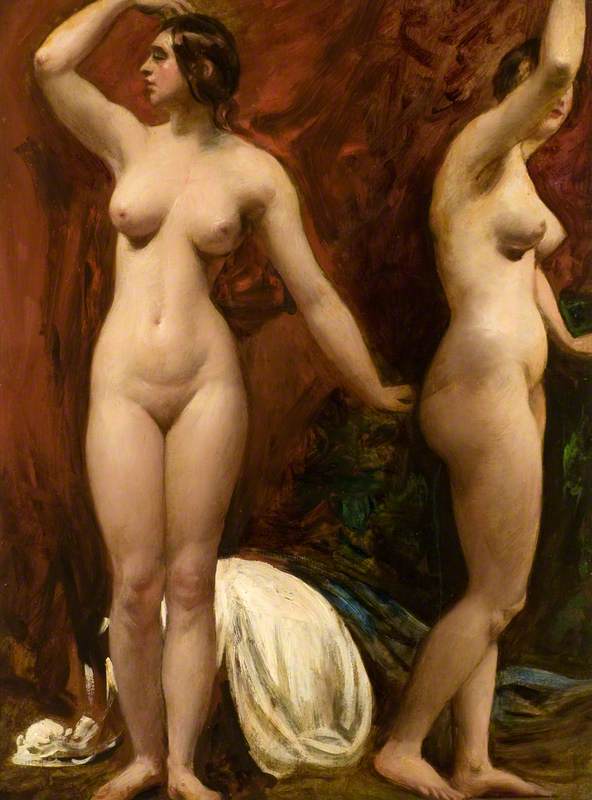

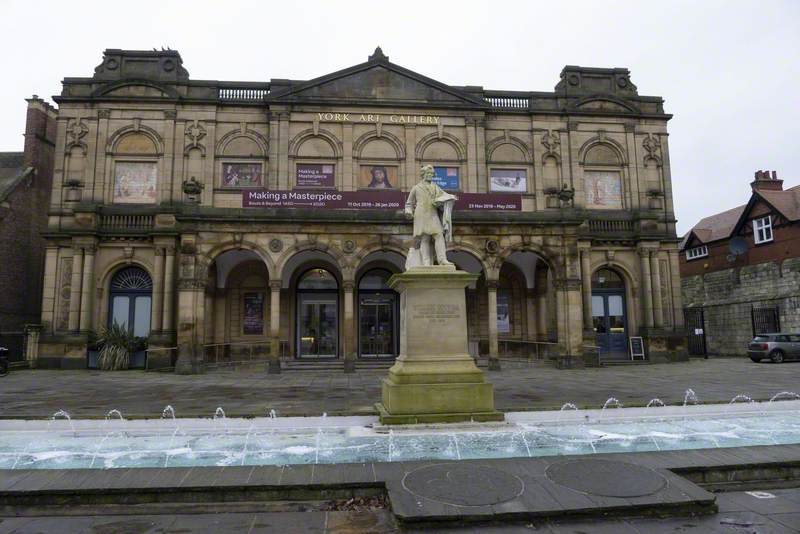

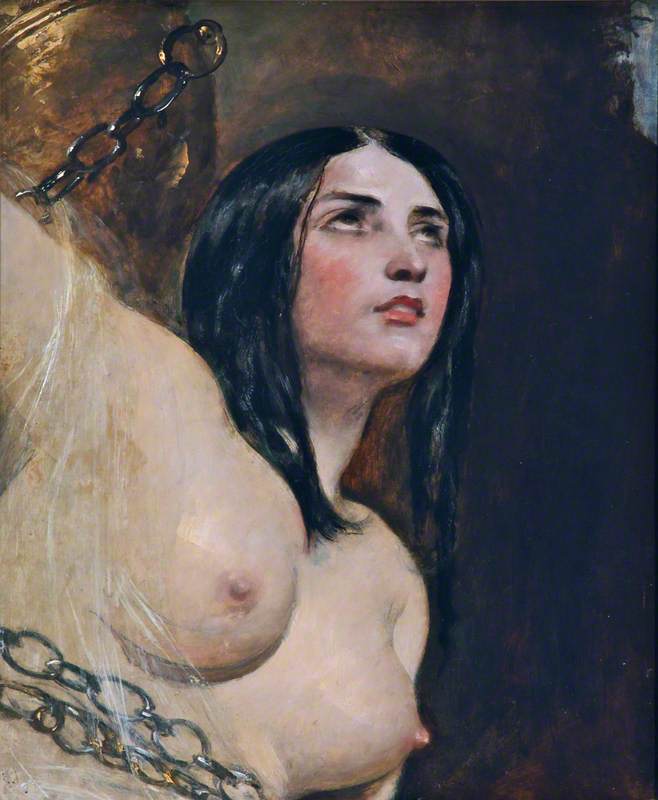
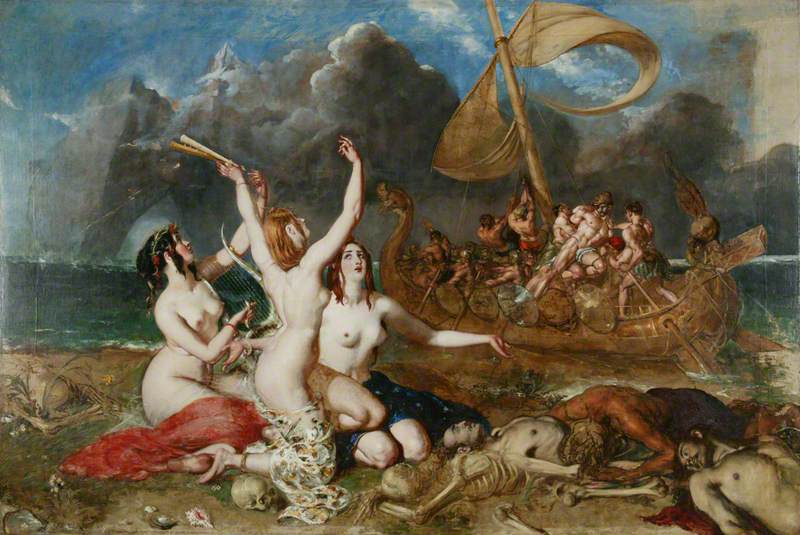
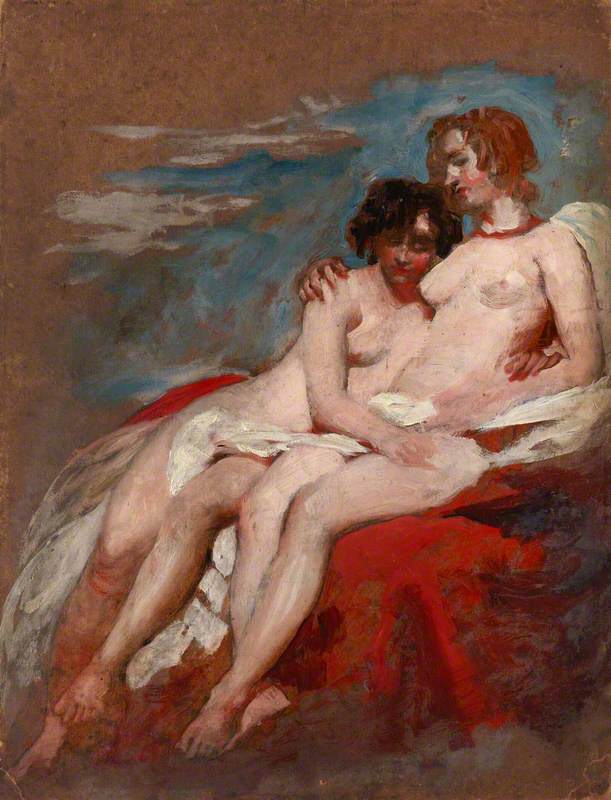
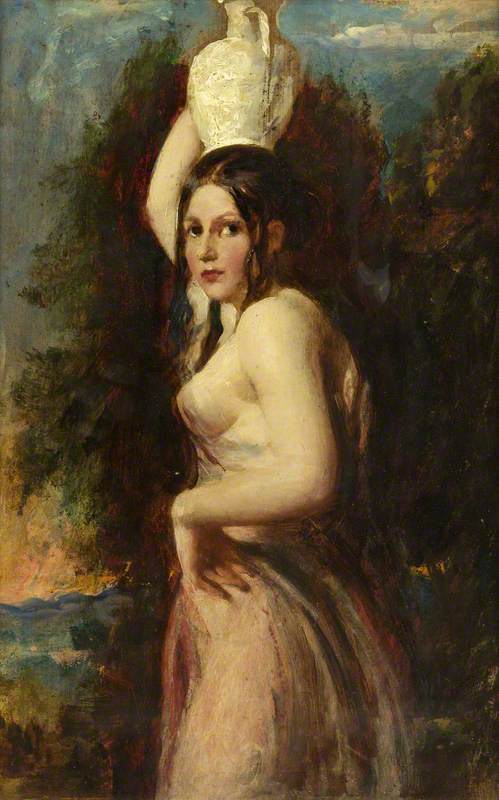
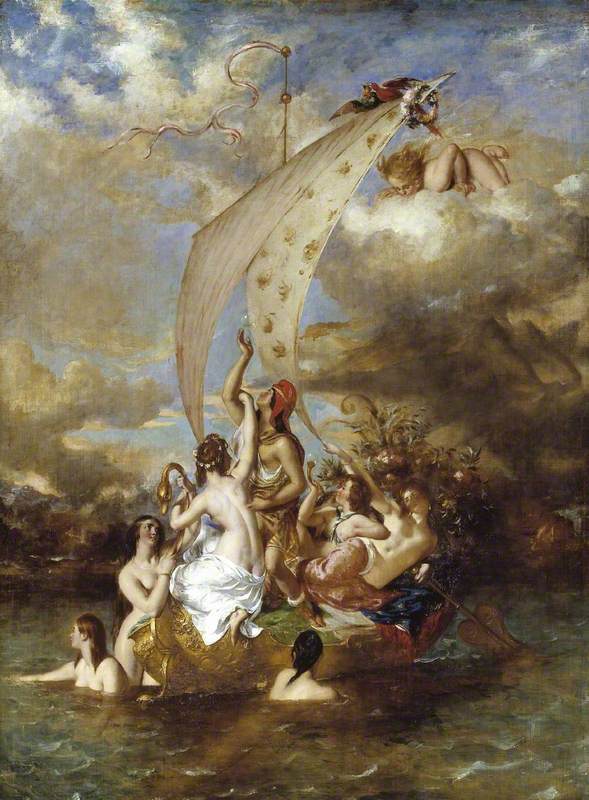
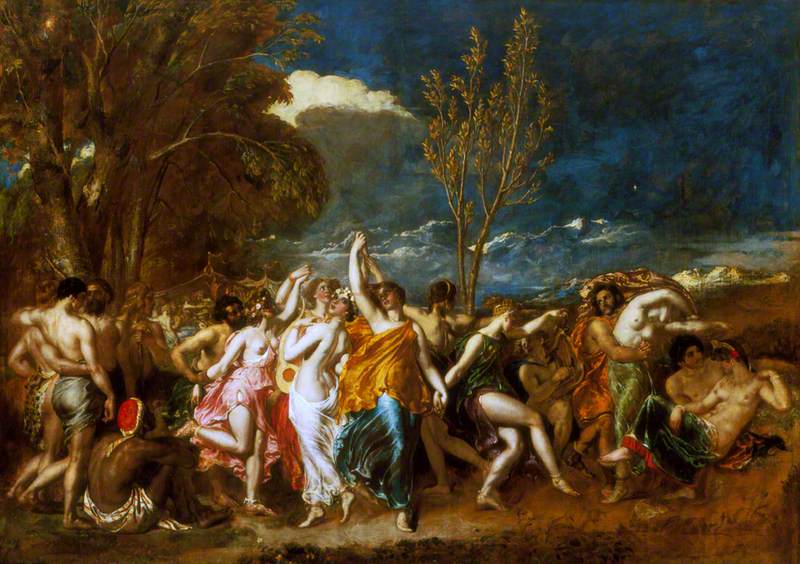

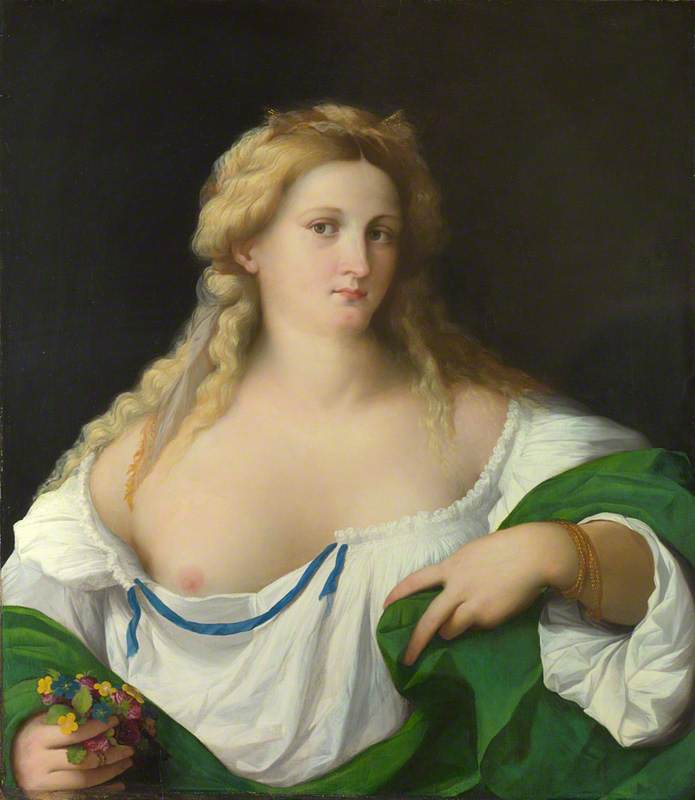
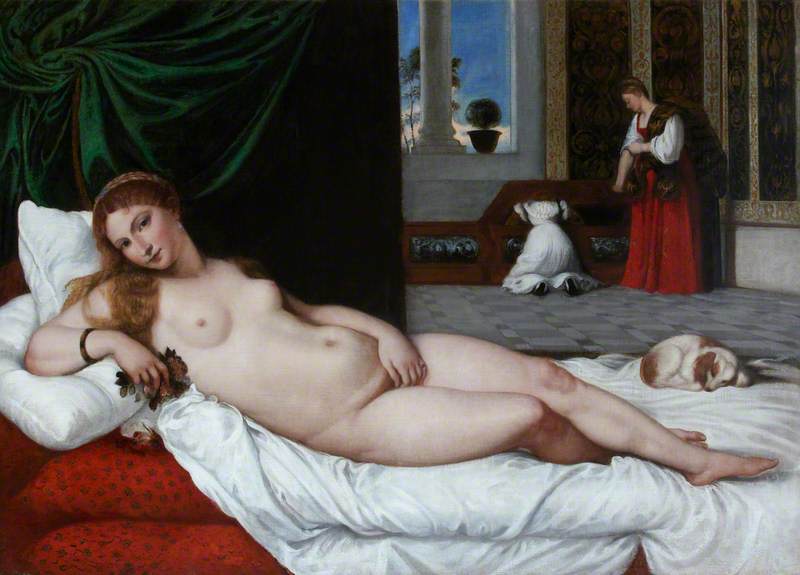
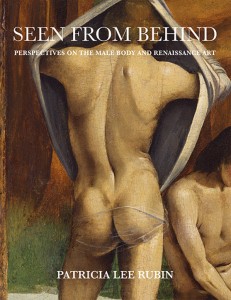
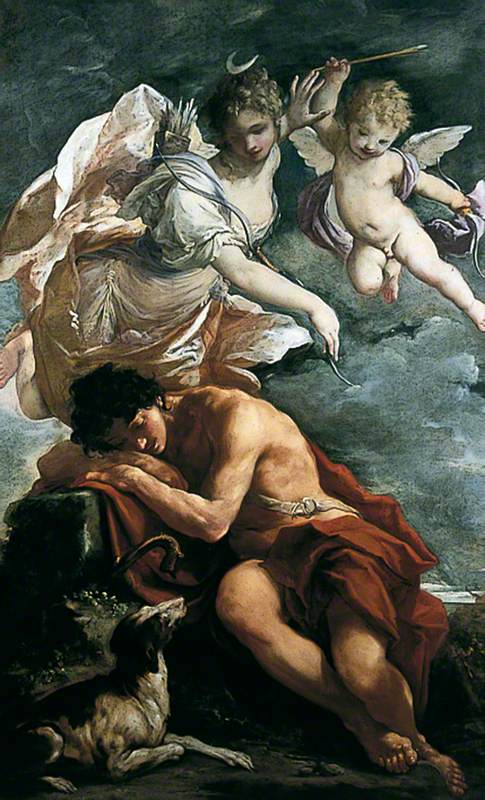
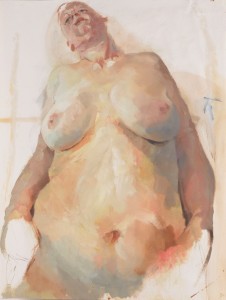
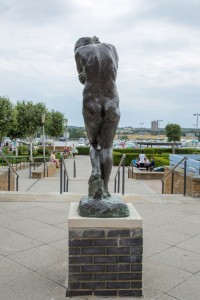
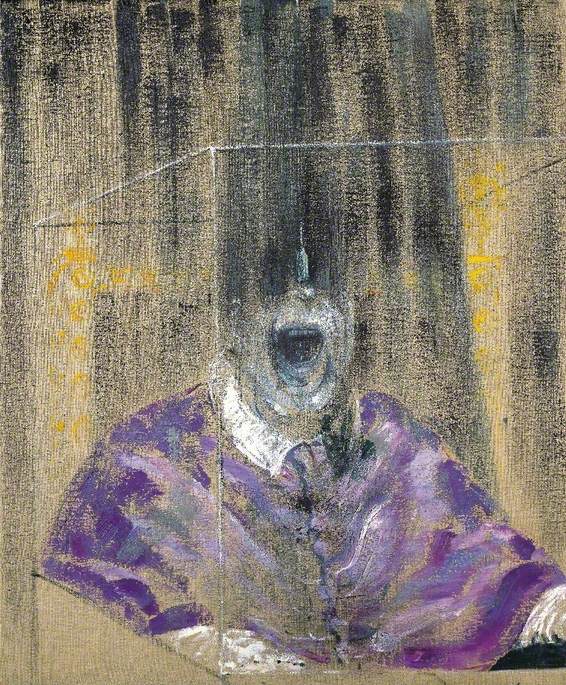
.jpg)
